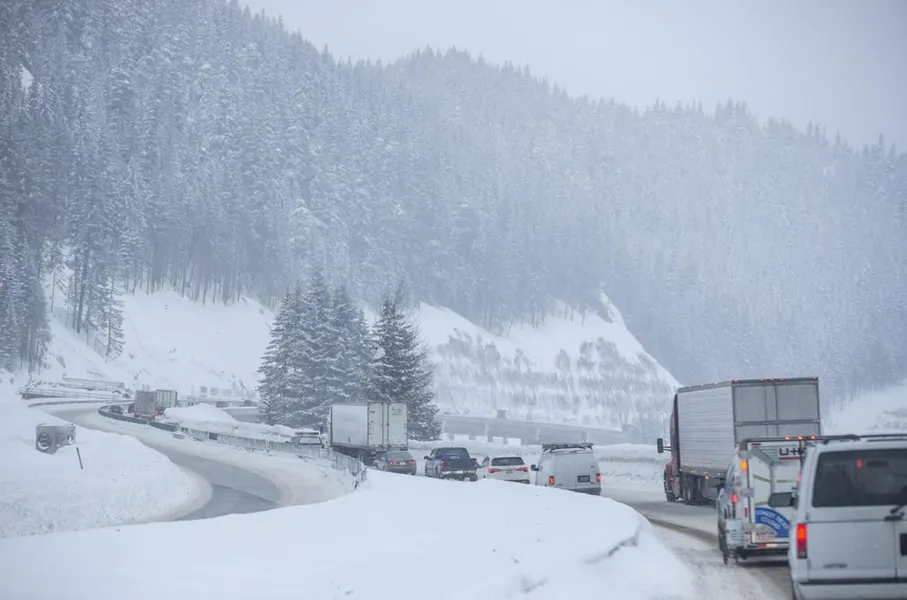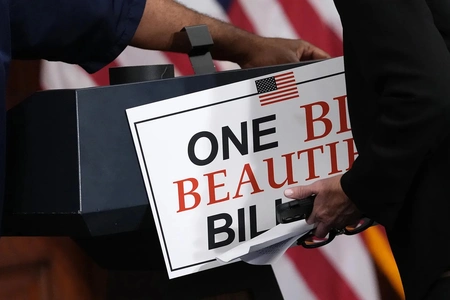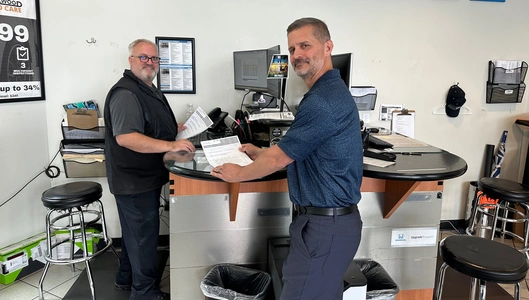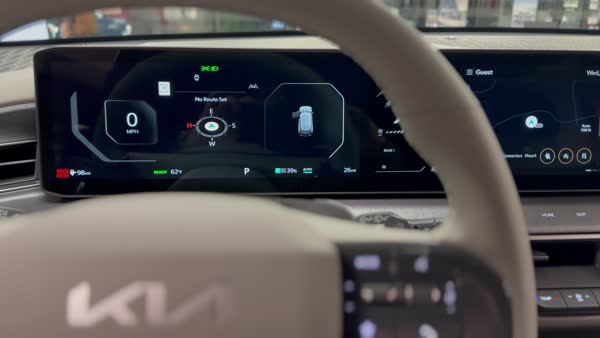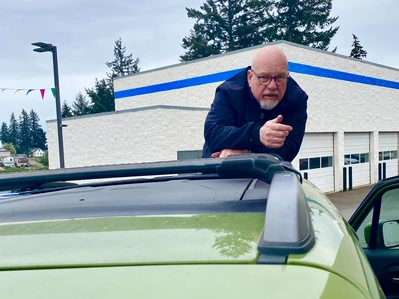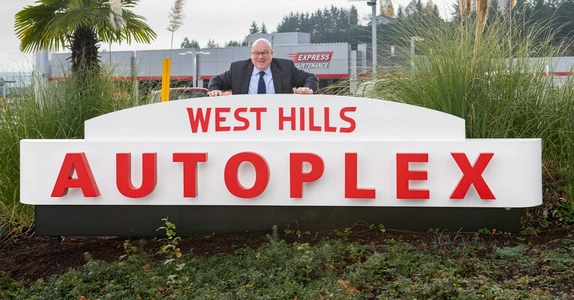Some people may wonder how they can increase the traction on their winter tires without having to purchase brand new tires.
A great way to do this is to have your winter tires studded. However, you can purchase winter tires with studs already added.
Studded tires have metal studs that literally poke out of the tire. These studs, create much-needed traction during icy days and thick snow.
The studs dig directly into the ice to help your tires to move without burning them. They too make for a little extra safety during the winter months.
This is especially true if you live on a mountain, hilly roads or dirt roads too.
In Washington State, studded tires are only legal Nov. 1 - Mar. 31. Motorists using studded tires after the deadline could incur a fine from law enforcement.
Those traveling into higher elevations should carry chains and have approved traction tires year round. Studded tires do NOT satisfy state chain requirements. If chains are required on your vehicle, you'll have to install them even on studded tires. 4WD/AWD vehicles do not need chains installed during “chains required” notices, but drivers must carry chains with them and put the chains on if the status changes to "chains required on all vehicles." This applies to all tires, whether they have studs or not.
There is no individual exception to the studded tire season. When traveling in Washington, you are required to follow the State of Washington's motor vehicle laws.
WSDOT crews continue their efforts to provide the best snow and ice control services.
Motorists are encouraged to visit a dealer to learn more about stud-free traction tires that are legal for year-round use and do not cause the same roadway damage as studded tires.
Abrasion from studded tires wears down pavement at a much greater rate than regular traffic. The most visible studded tire damage is the rutting seen on interstate roads with higher speeds and traffic volumes. Studded tires also damage state, county and city roadways with high traffic. Ruts on the roadway lead to safety issues such as ponding (standing water on the roadway), hydroplaning, excessive road spray and problems with "autopilot/steering" vehicle programs.
See more about studded tires and other pavement research from the WSDOT Materials Laboratory.


